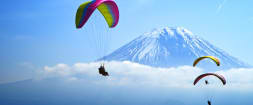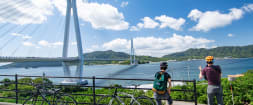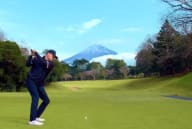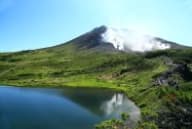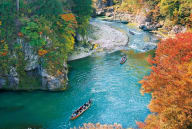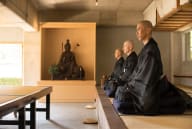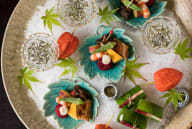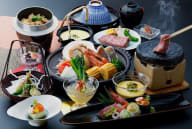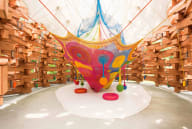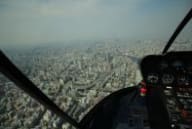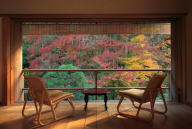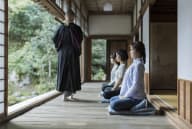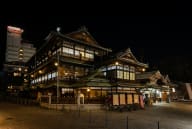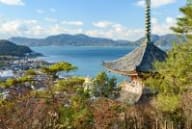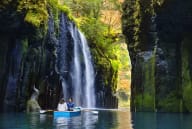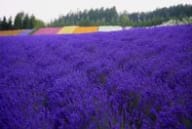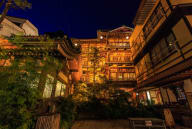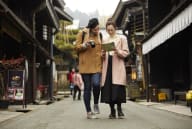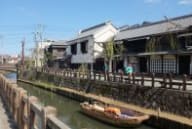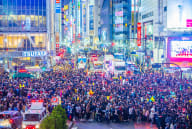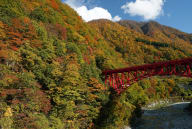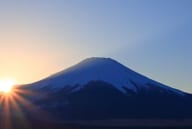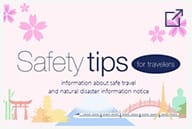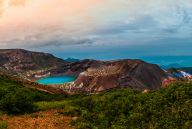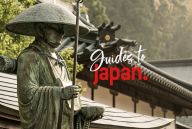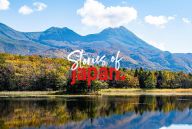Use the
Planning a Trip to Japan?
Share your travel photos with us by hashtagging your images with #visitjapanjp
Practice cultural awareness for better images and a more rewarding journey
Taking photographs is one of the joys of travel. But as our social media feeds fill up with beautiful, aspirational images, problems of overcrowding and lack of cultural sensitivity are emerging around the world, including in Japan. People stepping into traffic to capture Mt. Fuji, chasing maiko (apprentice geisha) down the streets of Kyoto, or stepping onto private property for a selfie have raised concerns about safety, respect, and privacy. This guide explains how to take photographs on your travels through Japan without causing offense or inconvenience. A respectful attitude when snapping photos contributes to positive experiences for you and those around you. Japan’s beauty is often found in small, unnoticed details, so take the time to look beyond the obvious.
The etiquette of public photography
Photographing people requires careful manners and awareness of social expectations. Always ask permission before photographing individuals, even in public spaces (obviously, this is difficult if taking photos on the crowded grounds of a shrine or temple, but photographing a stranger on a train or in a cafe without asking is considered rude). A simple smile or gesture toward your camera can communicate your intentions if there’s a language barrier, and people will appreciate the courtesy.
It’s important to be mindful of any negative reactions, such as a frown, headshake, or dismissive wave of the hand. These are subtle signs that the person prefers not to be photographed. Respecting such boundaries not only upholds Japanese etiquette but also enhances your travel experience; engaging with people and learning about them can lead to more authentic and memorable photos.
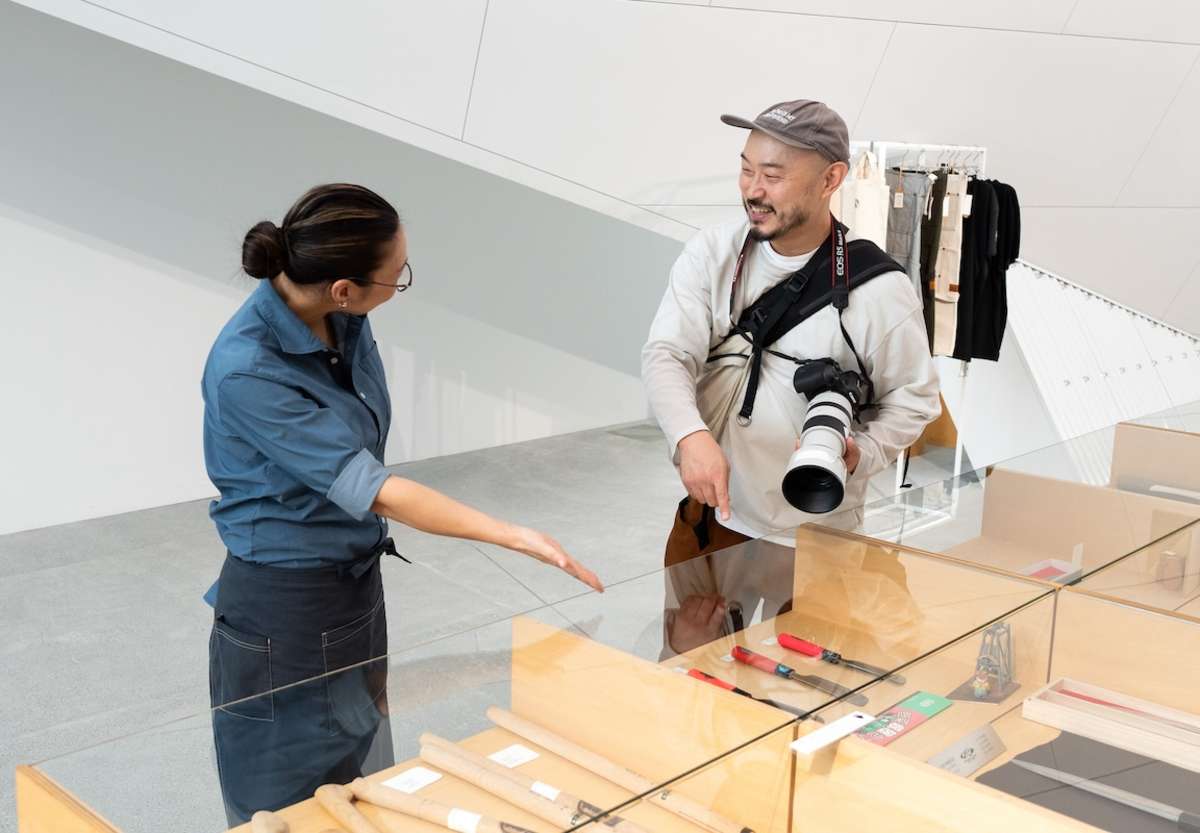
Tokyo-based photographer Yamada Kaoru says he approaches potential subjects with a smile and asks if it is okay for him to take a photograph. In the case of craftspeople and small businesses, the answer is usually positive. Matching the subject’s energy can also lead to a good experience and better photographs. Yamada suggests approaching someone who seems quiet or reserved in a restrained, low-key manner. On the other hand, a street performer, or someone extroverted, may respond better to a bolder approach.
Advice and tips for memorable shots
Developing your own photographic style rather than replicating popular social media images will help you capture more personal, meaningful photos. When photographing people who are working, such as artisans, shopkeepers, or market vendors, approach them with genuine interest. If you can, ask them about their work or their wares. Politely ask if you can take a photo and, if they agree, thank them warmly.
Yamada advises patience. “Try not to get in the way of people as they go about their work, and wait for the right moment.” He recommends stepping away from crowded areas and exploring less obvious angles to find fresh perspectives. This might mean crouching on the ground or shooting from a higher vantage point. “You don’t have to photograph everything head-on or from eye-level," says Yamada.
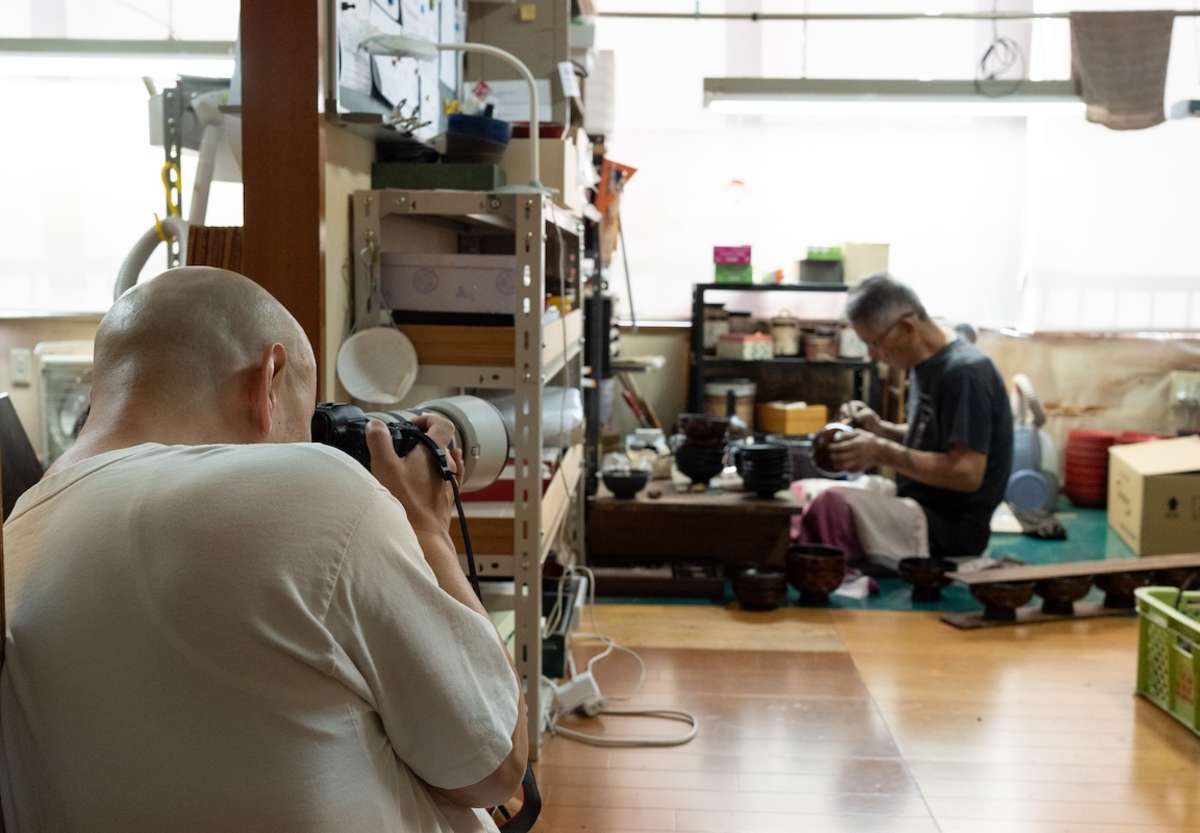
When you see beautiful photos of temples and landmarks without people, it is likely the photographer got up incredibly early to get the shot. It can be very rewarding to explore streetscapes and sites as the sun rises; just note that not all venues open early. Many temples and shrines are quietest just before closing time (usually around sunset), when the sightseeing buses and tour groups have left for the day. The low angle of the sun is more flattering for portraits and adds a golden glow to your images.
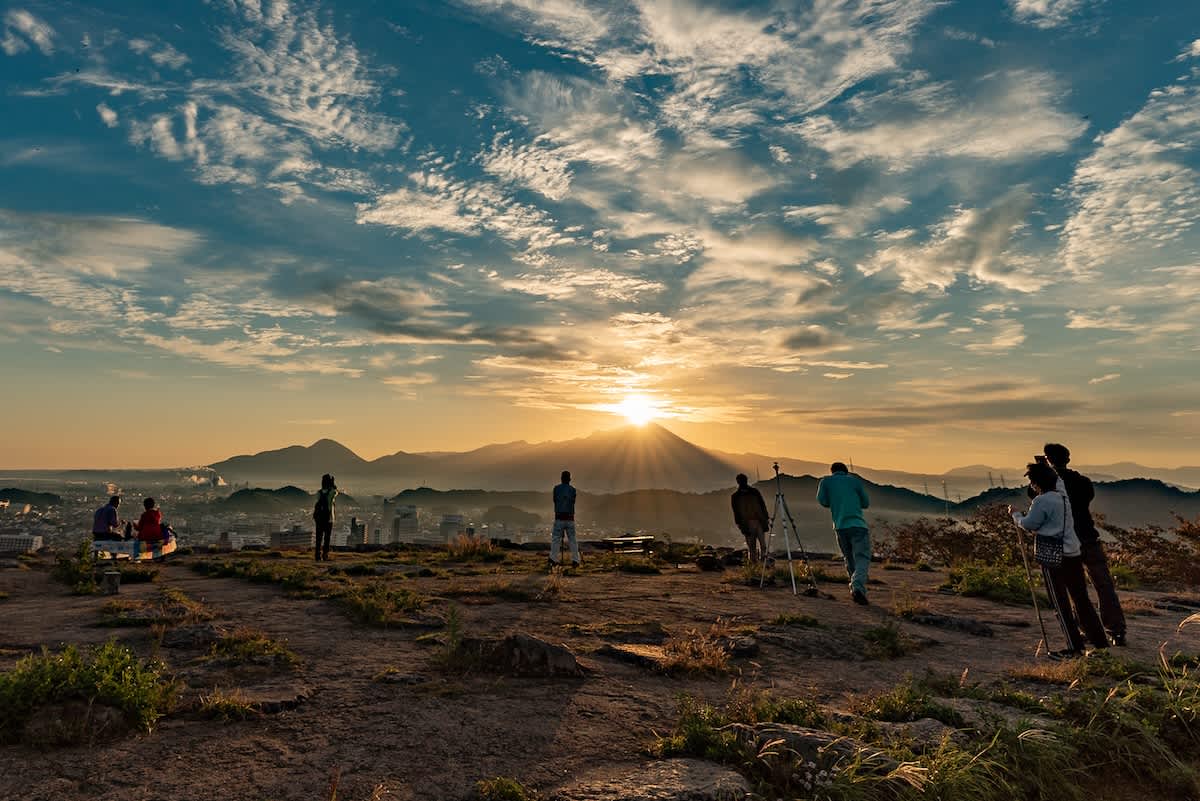
Being mindful in crowded places
Selfie sticks can be a hazard in busy locales and they are prohibited in many areas, such as temples, shrines, and train platforms. Drones also have specific restrictions, especially in urban areas. Individual venues, including shrines, temples, and national parks, may only allow drones to be operated with advance permission or may ban them outright. You can find more information about drone regulations here.
When many people are trying to photograph the same thing, wait for your turn and be respectful. Avoid intruding on private property or disrupting natural settings; for example, avoid touching cherry blossom branches or climbing onto statues for a selfie.
Tripods are another tool requiring caution. On narrow streets or in busy places, a tripod can obstruct others and cause frustration. If you want a photo in front of a landmark, don’t hesitate to ask someone nearby to take your picture—often, this leads to a friendly exchange and a shared memory. It’s the connections we make on our travels that add to the experience.
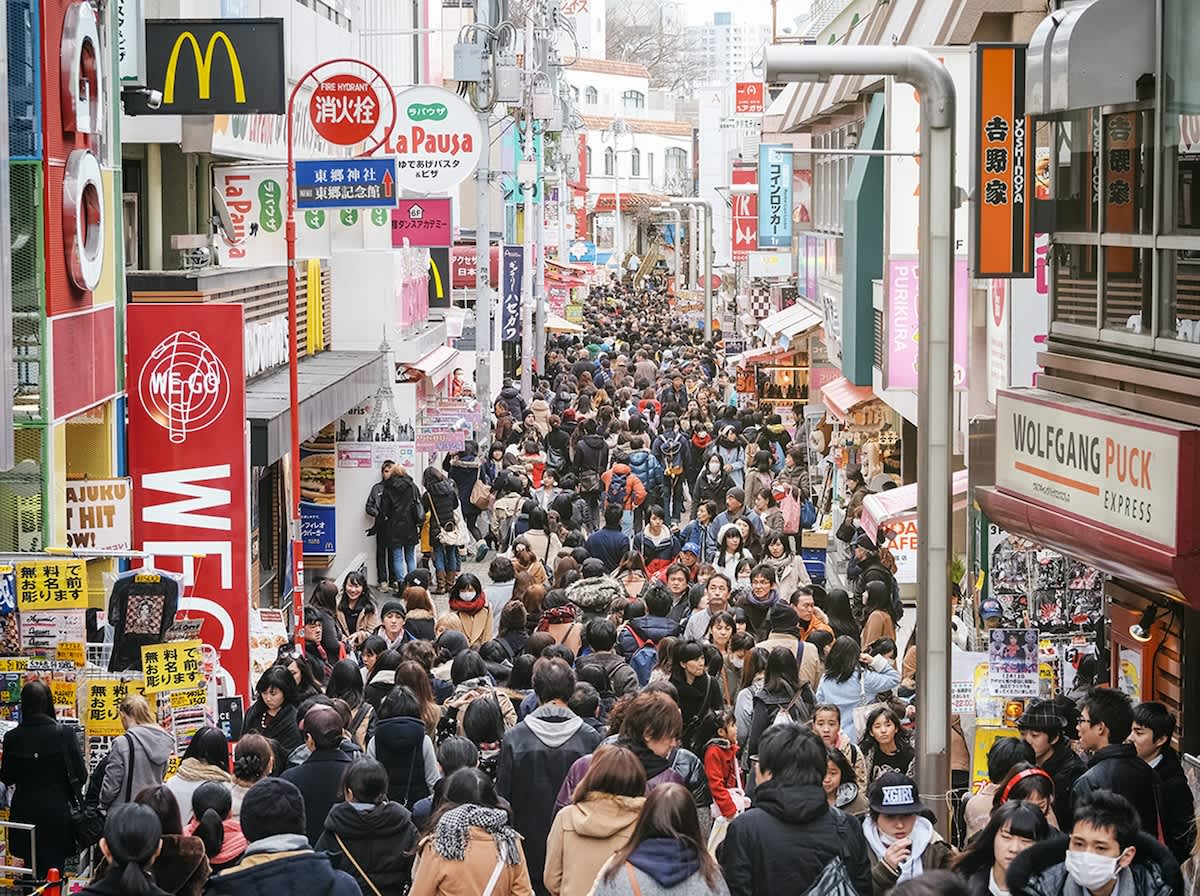
Keep your eyes open
Staying aware of your surroundings is vital for responsible photography, particularly in crowded or urban settings. Be cautious around traffic, and avoid stepping into streets or pathways for a shot, as it puts both you and others at risk. In busy areas, especially at popular sites, being mindful of your position and others’ paths can make a big difference in both safety and courtesy.
Get off the beaten track to achieve more original shots and enjoy authentic experiences. The image of Japan you may have in mind is likely to be found in smaller towns and rural landscapes. While there is only one Mt. Fuji, you can find beautiful mountains all over Japan for iconic images. Try Mt. Iwaki in Aomori, Mt. Yotei in Hokkaido, Mt. Haruna in Gunma, or Mt. Mikami in Shiga. Each has its own distinct charm, without crowds of eager snappers. Find more ideas for exploring lesser-known areas here .
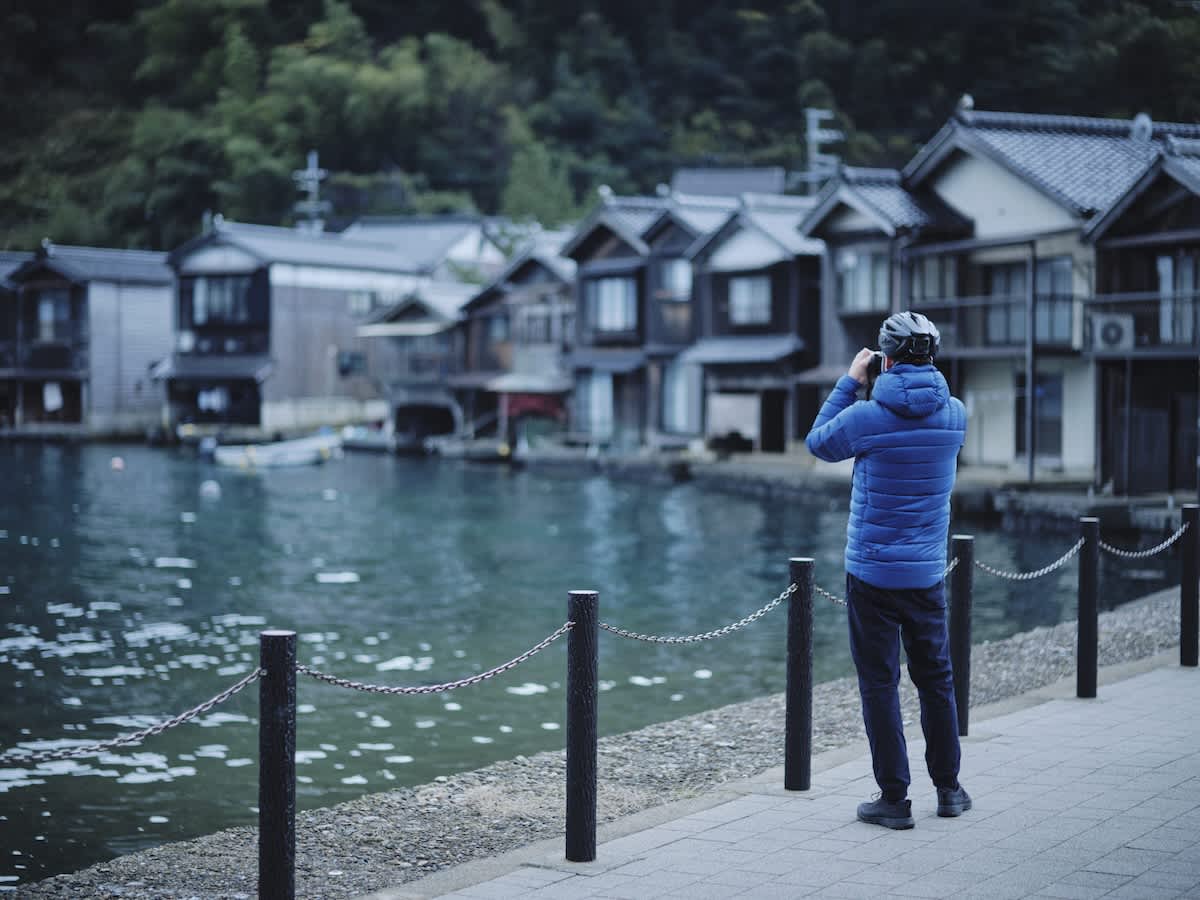
Respect signs and understand local laws
Photography restrictions are common in museums, stores, and at sacred sites. Some places prohibit all photography, while others allow it without flash or only restrict video recording. Be sure to look for signs and follow any instructions from staff members.
It’s also essential to respect barriers that protect sensitive areas, especially in historic gardens and temples. Low bamboo fences and closed gates mean “keep out.” Stepping beyond these boundaries can harm fragile ecosystems and erode cultural heritage, so always remain on designated paths.
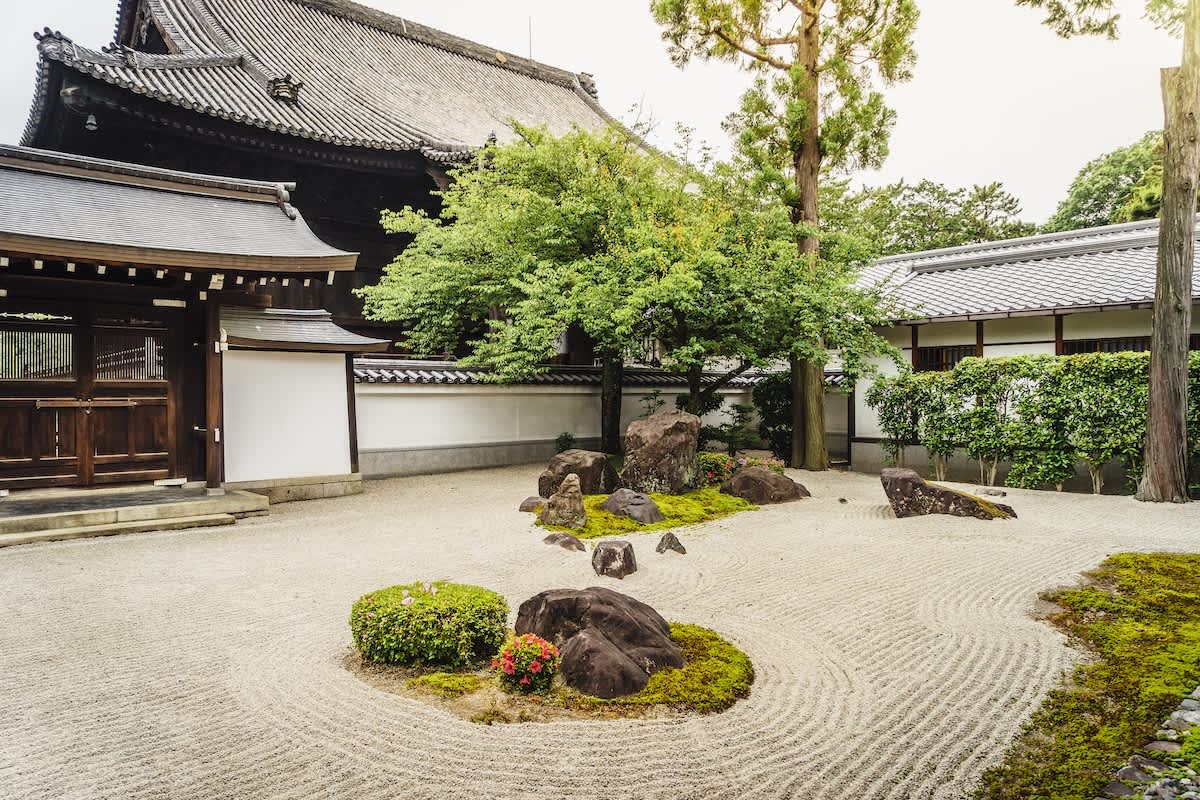
Japanese privacy laws are strict; photographing identifiable individuals without permission can result in legal consequences. So, by all means, take a photograph of that amazing sushi or delicious ramen, but avoid capturing surrounding diners and staff; not everyone will want to be in your shot.
Following these guidelines does not guarantee you will be granted permission to take photos in every situation. However, aiming for respectful interactions and understanding local customs will often lead to the best results and leave you with a positive experience.













